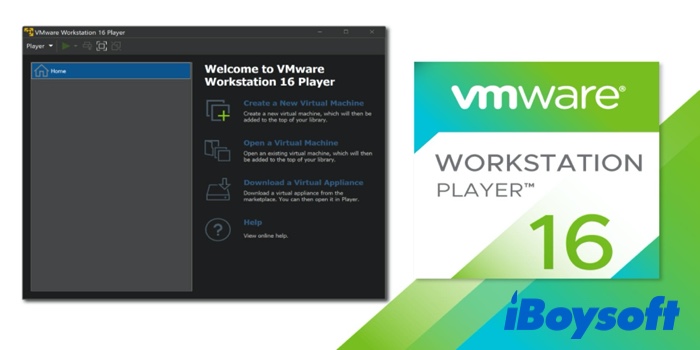

To be specific, it helps Macintosh compute r users partition HDD or SSD to install and run Windows in an actual Windows environment (not a virtual one). Once it's done, unmount the USB drive (right-click and select Eject) from the desktop. Boot Camp Assistant, a multi-boot but free utility on Intel-based Macs designed by Apple Inc., allows you to switch between the macOS and Windows. Boot Camp Assistant will create the bootable Windows 10 USB.Select the Windows 10 ISO image from Mac's internal storage and select Continue.Select Continue, and check the option to Create a Windows 10 or later install disk.Go to Finder > Applications > Utilities and launch Boot Camp Assistant.To create a bootable Windows disk using BootCamp: You will also need a 16GB USB disk, alongside the Windows ISO file for this method. Note: You can't use Boot Camp Assistant on Macs with Apple M1 chips. You can also choose to install additional Windows support software, which will be helpful if you are planning to use the bootable disk to install Windows on your Mac. This is an easy method and requires no additional software to be installed. If you have a Mac with an Intel processor, you can also use BootCamp Assistant to create a bootable Windows installation USB disk. Open Boot Camp Assistant and download the Windows supported software Select the Windows 10 iso and follow as per the screen Note: Don't plug any external devices. Method 2: Create a Bootable USB Disk Using BootCamp Assistant


 0 kommentar(er)
0 kommentar(er)
